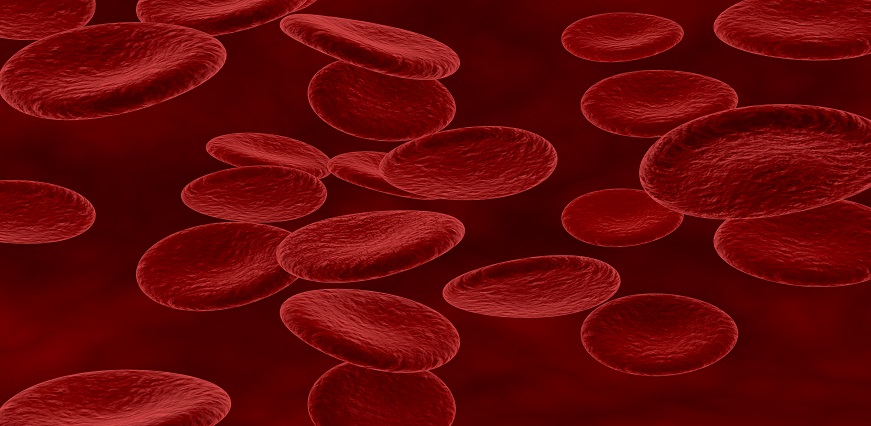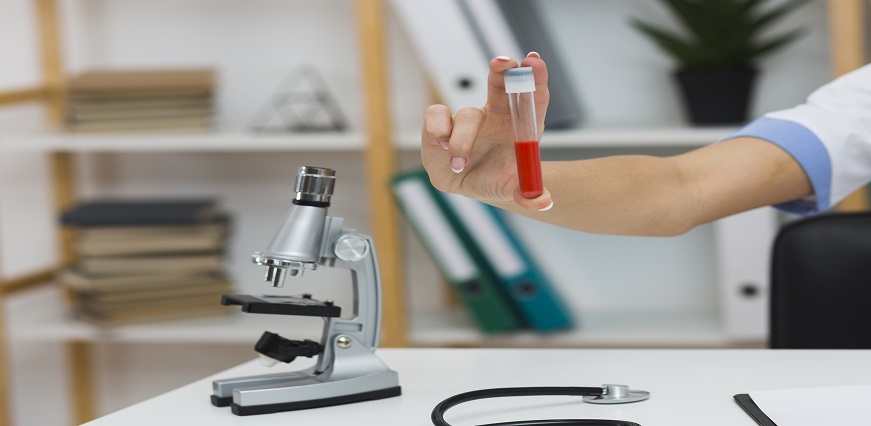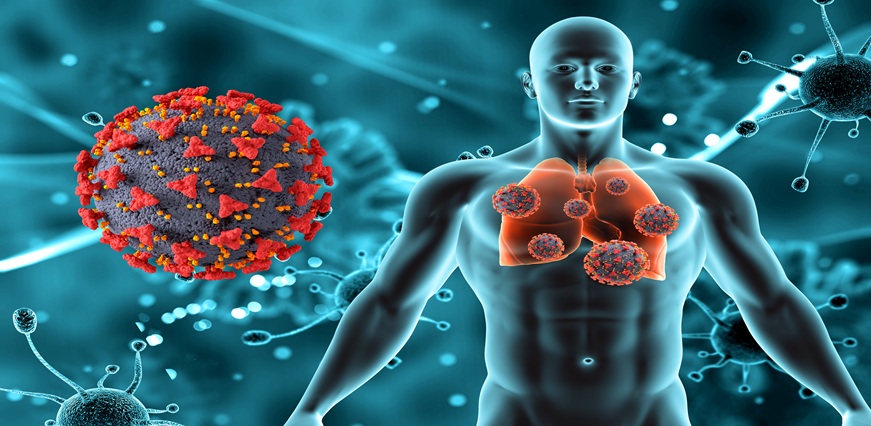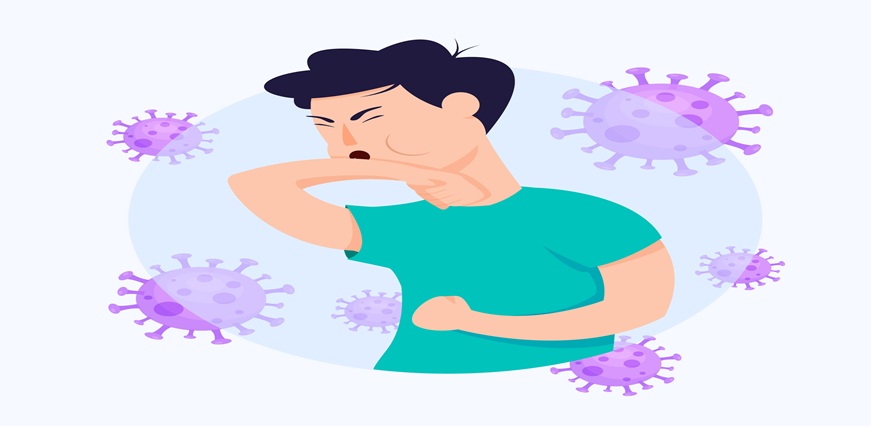A blood clot in the brain is a serious condition, which can be either traumatic or non-traumatic. It will depend on the cause of the blood clot. Symptoms include headache, dizziness, and nausea. Read more to learn how to identify and prevent the condition.
Blood clots in the brain can have serious, sometimes fatal, consequences. There are two main types of blood clots in the brain: intracerebral and subarachnoid. These clots are often a result of reduced blood flow to the head. The article will explore how these clots form, their symptoms and possible treatments available.
What is a Blood Clot?
A blood clot is a collection of blood that has congealed. Clots can occur in any part of the body, but most commonly form in the extremities, such as the legs or arms. When a blood clot forms, it can block the flow of blood to the area and cause serious medical problems.
Blood clots are a serious medical condition that can be life-threatening. If you think you may have a blood clot, it is important to seek medical help immediately.
How to Treat a Blood Clot in the Brain
If you have a blood clot in your brain, it is important to seek medical treatment immediately. There are a number of ways to treat a blood clot in the brain, and the most appropriate treatment will depend on the individual situation.
One common treatment for a blood clot in the brain is anticoagulant medication. This type of medication works by preventing the formation of new clots and breaking down existing clots. Anticoagulants can be given intravenously (through an IV) or orally (in pill form).
Another option for treating a blood clot in the brain is surgical intervention. This may involve removing the clot directly or placing a device such as a stent to keep the artery open and improve blood flow. Surgery carries its own risks, so it is important to discuss all options with your doctor before making a decision.
In some cases, simply monitoring the clot may be the best course of action. This is typically only an option if the clot is small and not causing any symptoms. Your doctor will closely monitor your condition and may order regular imaging tests to check on the status of the clot.
With our offerings in line with government-mandated prices, Maxlab offers full body checkup packages that cover an exhaustive list of tests for a comprehensive diagnosis of your health. Choose from a range of health test packages based on your needs.
Symptoms of a Blood Clot in the Brain
A stroke can be brought on by a blood clot in the brain. Symptoms of a stroke may include:
- Sudden onset of weakness or numbness in the face, arm, or leg (usually on one side of the body)
- Sudden confusion or trouble speaking
- Sudden trouble seeing in one or both eyes
- Sudden trouble walking, dizziness, or loss of balance or coordination
- Severe headache with no known cause
Who Gets Blood Clots in Brain?
There are many different types of blood clots, and they can occur in anyone at any age. The most common type of blood clot is a venous thromboembolism (VTE), which occurs when a blood clot forms in a vein. VTEs can be dangerous because they can travel to the lungs and cause a pulmonary embolism (PE), which can be fatal.
While anyone can develop a VTE, there are certain factors that increase your risk. These include:
- being over the age of 60
- having had surgery or been hospitalized recently
- having cancer
- being pregnant
- taking birth control pills
- having a family history of blood clots
- smoking cigarettes
How to Prevent Blood Clots from Forming
There are many things you can do to prevent blood clots from forming. First, if you are at risk for developing blood clots, your doctor may prescribe medication to help prevent them. Take your medication exactly as prescribed.
Second, you can help prevent blood clots by staying active and moving around as much as possible. If you must sit or stand for long periods of time, take a break every few hours to move around and stretch your legs.
Third, wear loose-fitting clothes and shoes that do not constrict your circulation. fourth, if you smoke, quitting smoking will greatly reduce your risk of developing blood clots.
Finally, eat a healthy diet and maintain a healthy weight. Eating foods that are high in fiber and low in saturated fat can help keep your arteries clear and reduce your risk of developing blood clots.
What are the Dangers Associated with a Blood Clot in the Brain?
A blood clot in the brain is a very serious condition that can lead to a number of potentially life-threatening complications. If not treated promptly and correctly, a blood clot in the brain can cause a stroke, which can result in permanent neurological damage or even death. Additionally, a blood clot in the brain can also cause an aneurysm (a weak spot in the wall of a blood vessel that bulges and fills with blood) to rupture, which can also be fatal.
Prompt treatment is essential if you suspect that you or someone else has a blood clot in the brain. Some of the symptoms of a blood clot in the brain include: severe headache, dizziness, nausea and vomiting, seizures, vision problems, and/or paralysis. It's crucial to get medical help right away if you develop any of these symptoms.













 7982100200
7982100200
























 To reach our help desk call 9213188888
To reach our help desk call 9213188888.png)
Comments